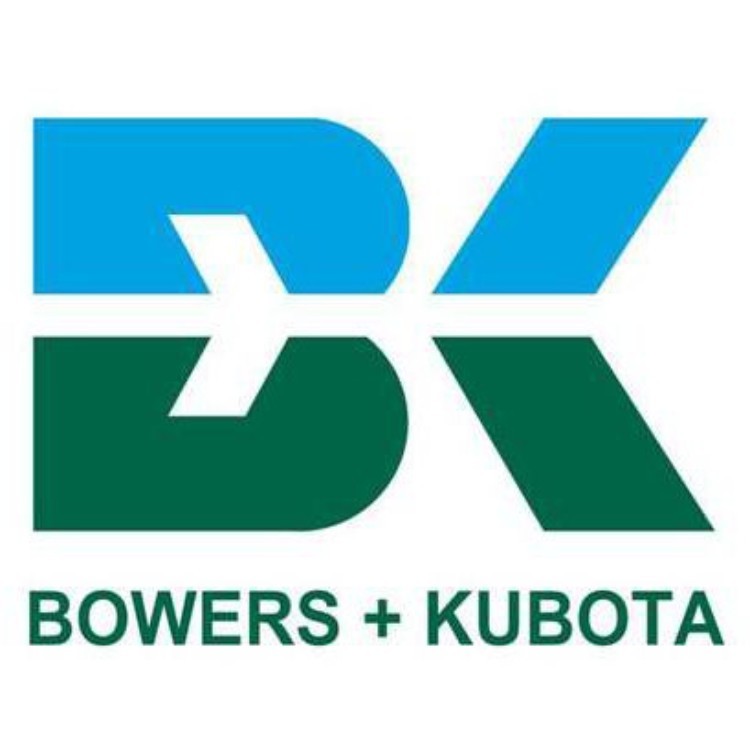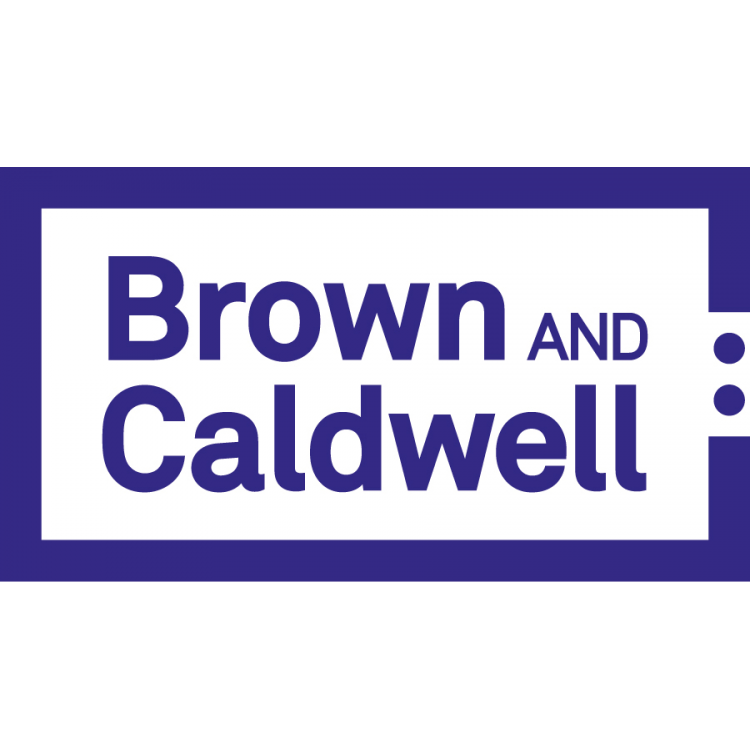
Hawai'i Convention Center, 1801 Kalakaua Ave, , Honolulu
- Construction Site Stormwater BMPs
- Post-construction Stormwater BMPs
- Green Stormwater Infrastructure
- Urban Forestry Erosion and Other Stormwater BMPs
- Watershed/Water Resource Management
- Property Maintenance Stormwater BMPs
- Environmental and Urban Planning
- Sustainable Design for Stormwater Management
- General Stormwater Management
- Field and Desktop Technology for Stormwater Management





No tickets will be sold onsite. A limited number of free registrations are available for City and County of Honolulu employees. While supplies last. Must use city email address when registering. Please contact cleanwater@honolulu.gov if you experience issues with registration. There will be no free registration for other government employees this year.
INCLUDED WITH REGISTRATION:
Virtual - Access to InEvent platform with ability to join live sessions online, view Exhibitor and Sponsor information, and connect with all other attendees.
In-Person - Same as Virtual with admission to the Sessions and Exhibitor Hall at the Hawai'i Convention Center. Each day includes one free parking, continental breakfast, boxed lunch and afternoon snack.
TERMS OF USE: It is the responsibility of the ticket holder to ensure their system meets the requirements and thus has access to the features of the virtual platform. No refunds are available to virtual registrants after August 10, 2023. After this date, absolutely no ticket refunds will be issued to any user once they have signed into the platform. It is at the sole discretion of the organizer to issue refunds to users if they experience unforeseen emergencies or other circumstances.
In-Person Registratrants Cancellation and Withdrawal – Cancellation result in the following if the cancellation notice is received by the City: No refunds are available after August 1, 2023.
The City and County of Honolulu, Department of Facility Maintenance is pleased to invite you to the 2022 Storm Water Quality BMPs Workshops, where you can network with attendees and promote your company and products. Since this is a hybrid event, we are offering two options for exhibitors. For both options, booth spaces are assigned on a "First Come...First Served" basis. This means a "Paid For" exhibit space. We do not accept reservations.
REGISTRATION FEE AND DEADLINES:
Option 1: Virtual and In-Person Exhibitor
Early-Bird: $700 + fees ... Ends April 14, 2023 (12 am HST)
Regular: $850 + fees ...... Ends June 17, 2023 (12 am HST)
Includes a 6’ skirted table in the Exhibit & Food Service Hall at the Hawai'i Convention Center and customizable page via InEvent.
On a first come, first assigned basis, there are 8 slots available to conduct a 15 minute presentation during a lunch hour.
Registration fee includes two persons an assigned virtual and in-person ticket. In-person tickets include complimentary parking and lunch. Additional discounted Exhibitor tickets can be purchased separately.
Option 2: Virtual Only Exhibitor
Early-Bird: $150 + fees ... Ends April 14, 2023 (12 am HST)
Regular: $200 + fees ...... Ends August 9, 2023 (12 am HST)
Includes a customizable page via InEvent and the option to provide product information materials and giveaways to include in bags given to attendees at the Hawai'i Convention Center.
Regular: $206.47 ...... Ends August 1, 2023 (12 am HST)
Registration fee includes two persons an assigned virtual ticket. Additional discounted tickets can be purchased separately.
Government/Non-Profit: FREE .... Ends August 1, 2023 (12 am HST)
Registration includes one person an assigned virtual ticket. Contact cleanwater@honolulu.gov to register.
This exposition is managed by the City and County of Honolulu Storm Water Quality Division (City).
1. Eligibility – Any company providing services or manufacturing products related to storm water quality.
2. Additional registrations for exhibit personnel may be purchased.
3. Assignment of Space – Complete exhibitor registration online. No application will be processed, nor space assigned without payment in full. Once the payment is accepted, the stated rules and regulations apply. All applications will be date stamped upon receipt at the exhibits chair office. This application is the only means by which space may be reserved. The City reserves the right to accept, defer and reject the application.The City reserves the right to assign or reassign booth space so that the arrangement of the Exposition is in the best interest of the attendees and exhibitors.
4. Exhibit space – The City reserves the right to limit the amount of space assigned if necessary, to take care of all applications on hand.
5. Payment for Exhibit Space – A credit card number, expiration date and security code for the full booth rental amount must be provided with online registration.
6. Move Out Procedures – No early move out. If you move out early, we reserve the right to decline your registration to exhibit for a future conference and we may charge a $50.00 penalty.
7. Cancellation and Withdrawal – Cancellation by Exhibitor of space application will result in the following if the cancellation notice is received by the City:
A. No refunds are available after August 12, 2022.
B. Within 30 days space cannot be negotiated with venues for changes.
Unoccupied space after the opening of the conference is at the discretion of the committee and may be reassigned. All registration cancellations and refund requests must be made in writing and sent to cleanwater@honolulu.gov
8. Virtual booth is organized by alphabetical order. City reserves the right to edit exhibitor content and/or limit the amount of space assigned if necessary, to take care of all applications on hand as well as to ensure professionalism and quality of content being shared.
Interested in becoming a sponsor? This hybrid event is the best opportunity this year to cost-effectively promote your organization and show your support for clean water. A variety of sponsorship opportunities are available. Becoming a sponser will grant you 1 virtual ticket to the event. Note: Sponsorship includes access to the virtual workshops for the primary contact only. Any additional tickets to attend the in-person or virtual workshops will need to be purchased seperately.
Note: Sponsorship includes access to the virtual workshops for the primary contact only. Any additional tickets to attend the in-person or virtual workshops will need to be purchased seperately.
To become a sponsor for the event, use this form and send your check to the City and County of Honolulu, Storm Water Quality Division, ATTN: Randall Wakumoto, 1000 Uluohia St., Suite 212, Kapolei, HI 96707.
To be included on in-person banner and booklet, sponsor checks and ad graphics need to be received by August 5th.
Please join us in the Courtyard of the Convention Center at the conclusion of our workshop from 3:30 - 4:30 on Friday, August 26th for our Pau Hana. Their will be complimentary pupus, as well as drinks available for purchase.

Randall Wakumoto
@ CCH - Department of Facility Maintenance
Randall Wakumoto has almost 25 years of engineering work experience with the City and County of Honolulu and is currently the Program Administrator for the Storm Water Quality Division under the Department of Facility Maintenance.
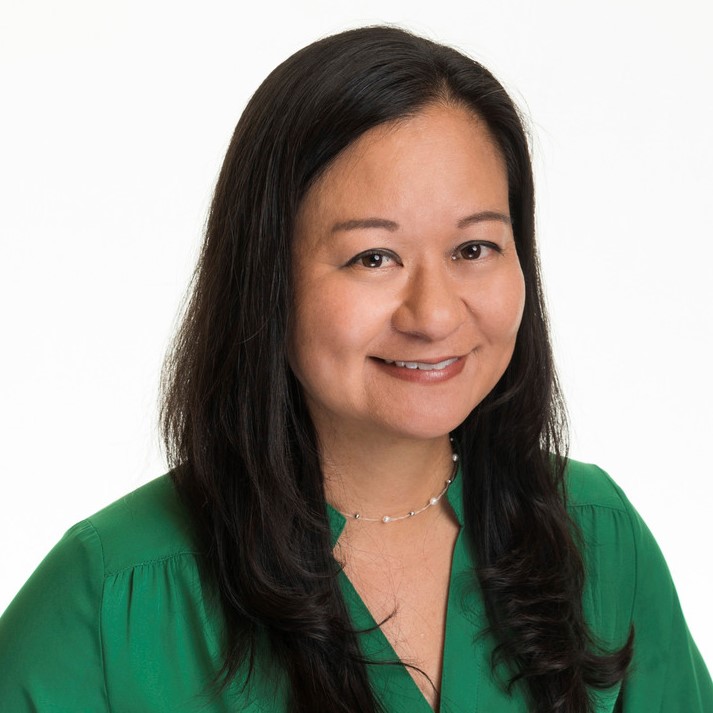
Cari Ishida
@
Cari Ishida, PhD, PE, ENV SP is an associate vice president and project manager located in Carollo’s Honolulu office. She has worked on several integrated planning projects and provided local support to the One Water Honolulu project.

Mark Poppe
@

Alexander Yee
@

Andrea Cheung
@

Antti Koskelo
@

Branden Ibara
@

Daryn M L Weatherhholtz
City and County of Honolulu Department of Facility Maintenance Stormwater Quality Division @
Daryn Mahina Weatherholtz is an Environmental Technician Supervisor with the City and County of Honolulu’s Storm Water Quality Division (SWQ). She has over twenty years (20) of environmental science experience, with the last fifteen (15) years in the field of storm water. She currently serves as a program leader within the division’s Compliance and Inspection Branch, and since 2016 has been spearheading the division’s processing of the Storm Water Quality Reviews (SWQRs) incorporating these SWQRs into the division’s Post Construction Best Management Practices (PCBMPs) database and inspections. Mahina strives to gain consistency with the various compliance inspections and continues to implement changes to streamline processes.
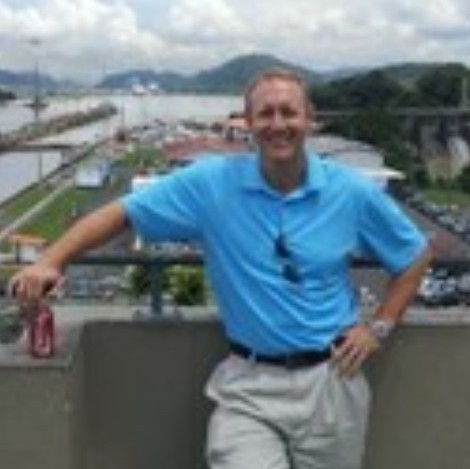
Doug Buch
@

Dustin Atchison
@
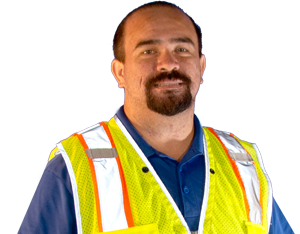
Dustin Harbottle
City and County of Honolulu Department of Facility Maintenance Stormwater Quality Division @

Ed Kolodziej
@
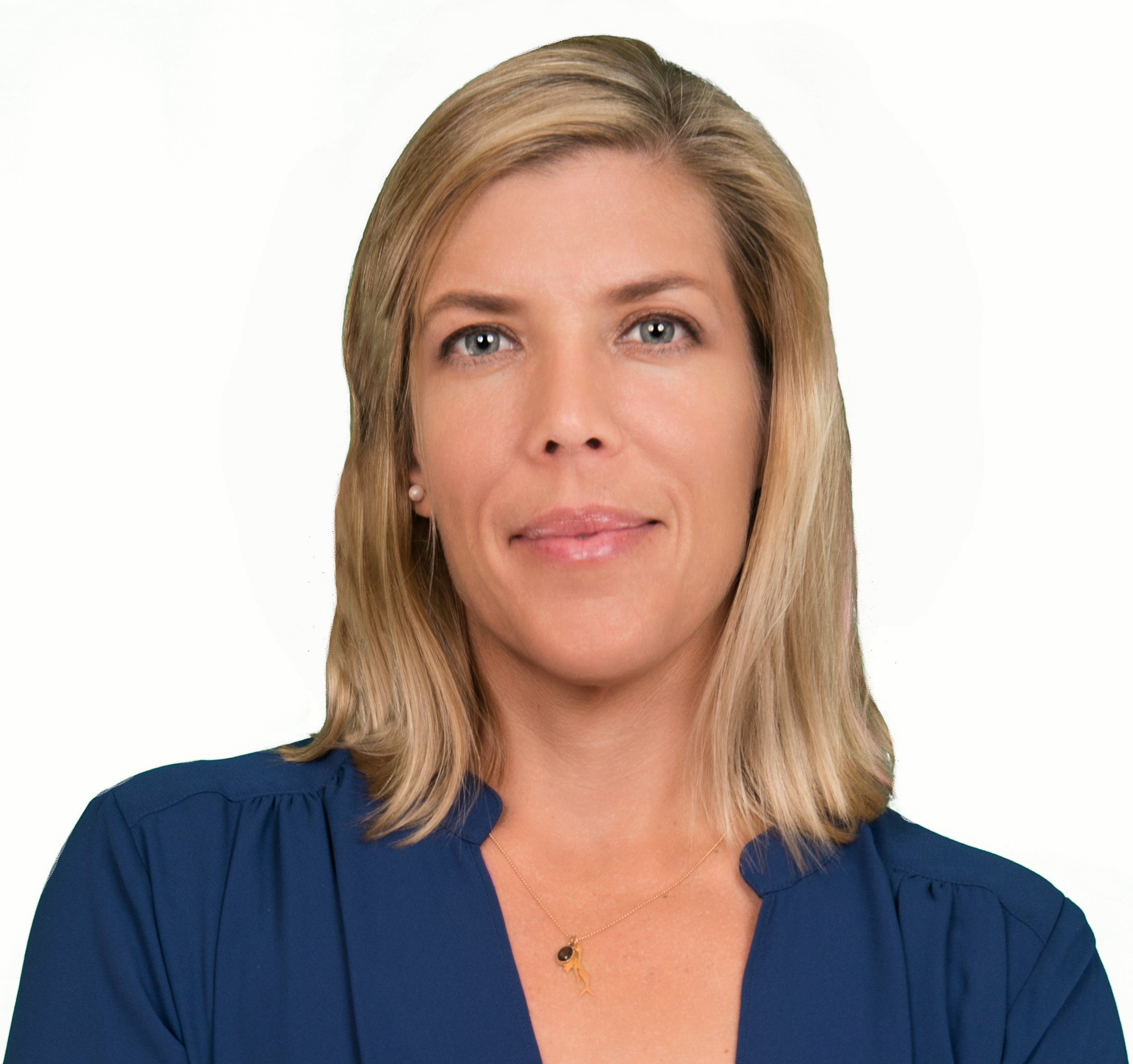
Fiona van Ammers
@

Franklin Lung
@

James Malloy
@

Jamie Tanimoto
@
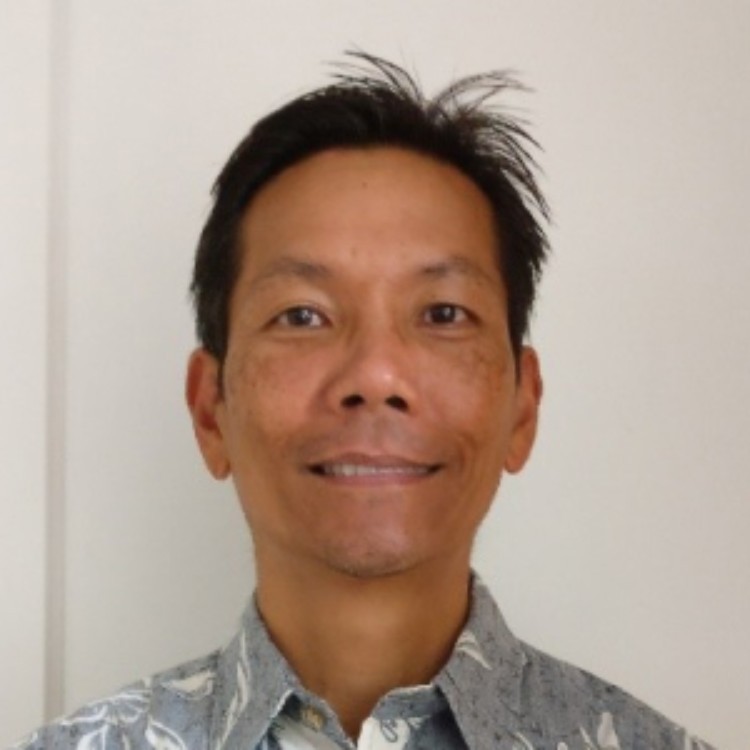
Jason Lau
@

Jason Mehlinger
@

Jay Stone
@

Jeff Pompadur
@

Elisa Garvey
@
Elisa Garvey, PhD, PE is a Vice President with 20-years of water resources experience and a licensed civil engineer in California. She serves as Water Supply Planning Service Line lead of Carollo’s Water Resources Practice. She is specialized in water planning and water quality studies. She brings a watershed thinking approach to incorporate the entire water cycle from raw water supply to wastewater, and reuse. She is the principal investigator for WRF 4841, Assessming the State of Knowledge and Research Needs for Stormwater Harvesting, which is the foundation of this presentation.

John Chung
DataHouse @
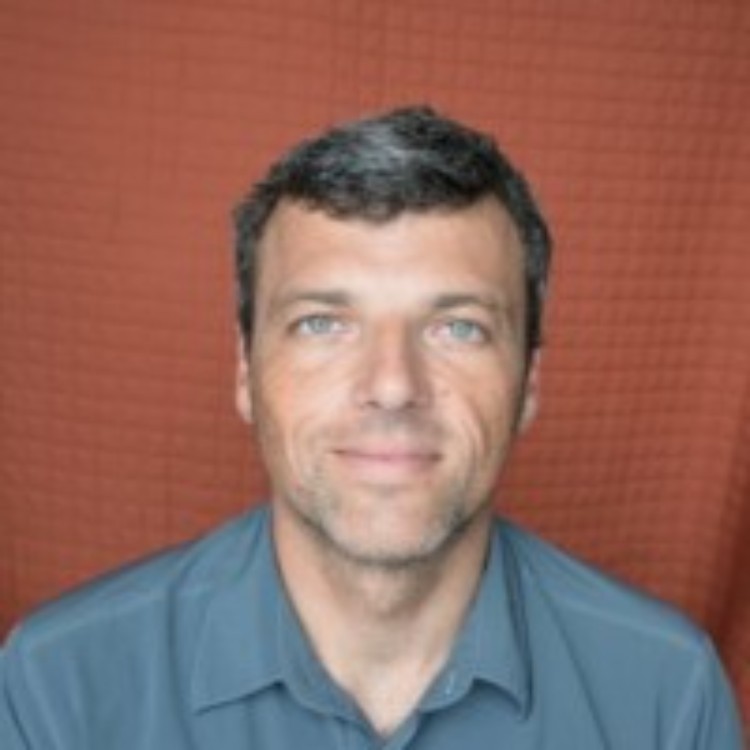
Jon Lowry
EnviroServices and Training Center LLC @
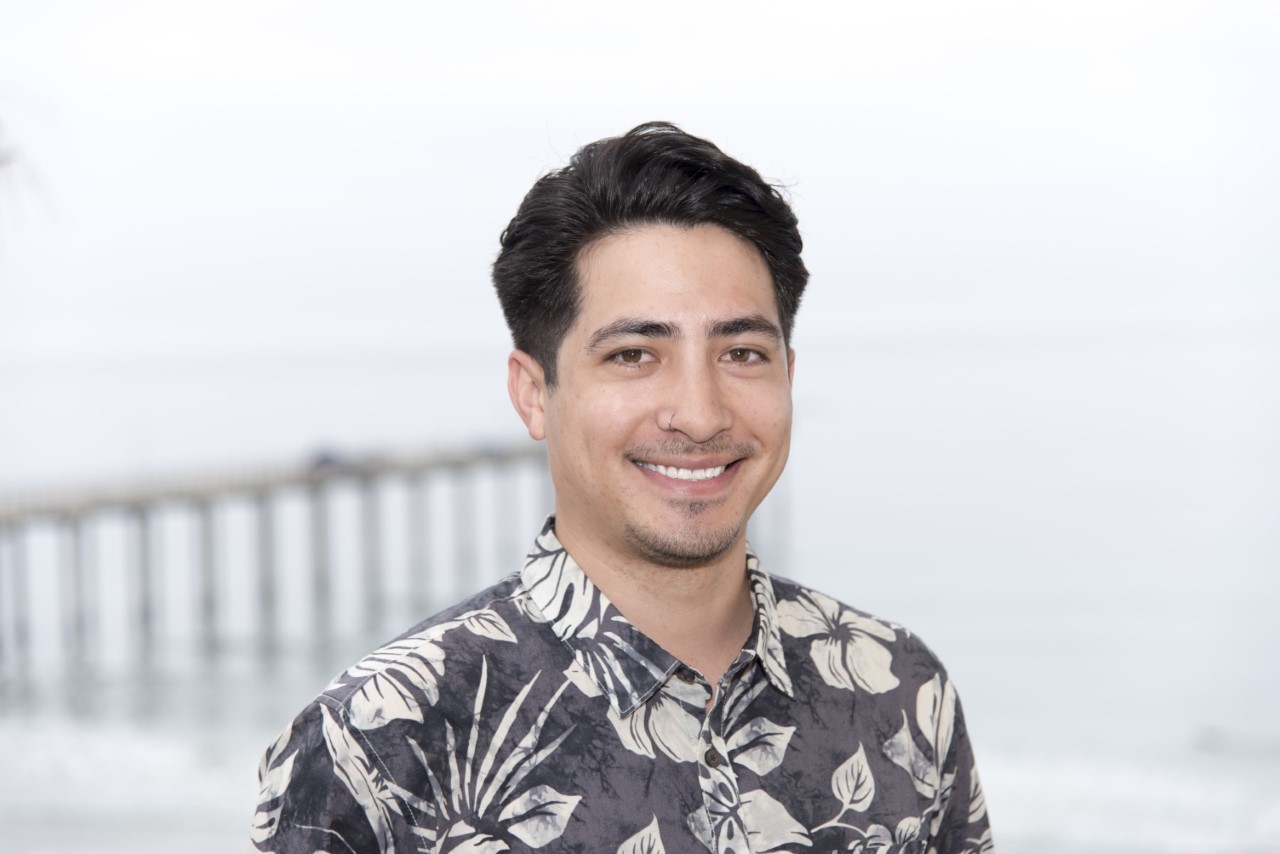
Keelan Barcina
@

Kelly Collins
@

Lucas Berio Fortini
@

Matt Dalrymple
@

Matthew Kurano
State of Hawaii Department of Health Clean Water Branch @
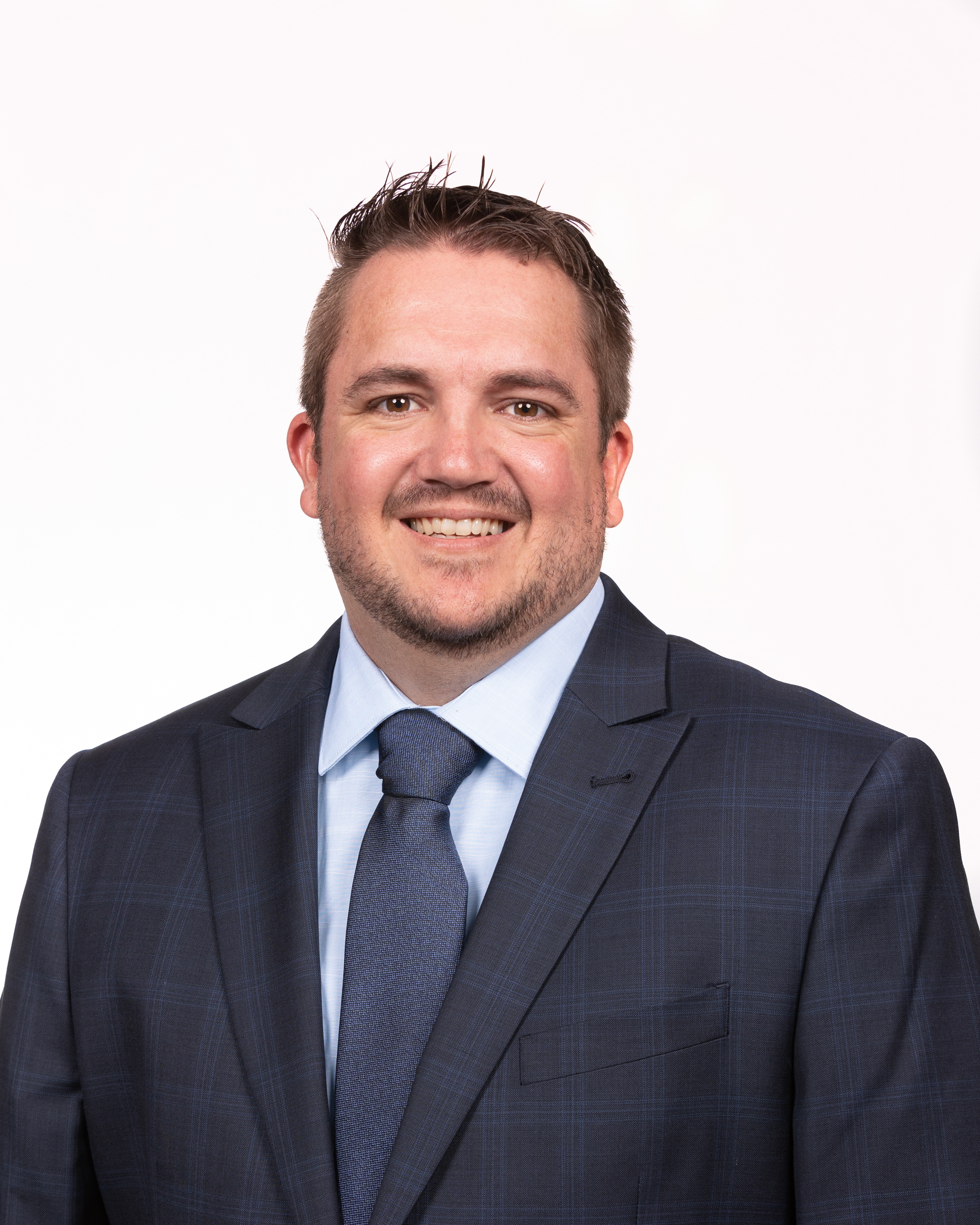
Max Heeter
@

Melanie Lander
@

Michelle Sorensen, PE
@

Paul Matsuda
Principal Engineer @ G70
Paul Matsuda is a principal of G70 and the director of its civil engineering division. With more than 29 years of experience, Paul was recruited to join the firm in 2011 to help build and develop the company’s new civil engineering division. Paul is versed in a wide variety of site development, transportation and utility infrastructure projects throughout Hawaii and the Pacific Northwest, and his leadership has been fundamental in the engineering division’s growth and success.

Randee Tubal
@

Robert Naeser
@

Steve Spengler
@

Vaikko Allen
@

Vera Koskelo
@
Vera Koskelo is a regulatory project manager and has been with the U.S. Army Corps of Engineers, Honolulu District, Regulatory Office since 2015. Vera also serves as the Honolulu District Public Involvement Specialist, advising and assisting Corps staff with planning for and conducting public engagement. Vera is passionate about outreach, both sharing the Corps regulatory process and gaining knowledge from the community. Learning together makes everyone better and helps mālama ka ‘aina!
Before the Honolulu District, Vera was a Department of Army intern and regulatory specialist with the Baltimore District from 2008 to 2015. Vera received an M.S. in Environmental Science from Towson University in Baltimore in 2015 and a B.S. in Environmental Science from University of Maryland, College Park, in 2008. After work, Vera loves hiking and snorkeling with her husband.

Brian Reever
VP & Global Digital Leader for Transport at AECOM Engineer, Entrepreneur, & Digital Evangelist

Ming Ding
Engineering Manager at AECOM

Chip Fletcher
@

Ireland Castillo
Graduate Research AssistantGraduate Research Assistant University of Hawaii at Manoa School of Architecture

Tony Gaston
@

Wendy Meguro
@

Mayor Rick Blangiardi
@
Rick Blangiardi has led a life of uncompromising service to Hawaii, his colleagues and especially his family. Decisively elected by the residents of Oahu, he is now leading the nearly one million people of the City and County of Honolulu, which ranks as the eleventh largest municipality in the country.
Blangiardi took office January 2, 2021 and immediately went to work hiring a dedicated leadership team of more than 40 highly accomplished and experienced professionals to address the short and long term challenges facing the City. The top priorities include the COVID-19 pandemic and its health and economic impacts, affordable housing and homelessness, public safety, rail, elder care, and modernizing services to bring the City’s technology into the 21st century.
Prior to being elected Mayor Blangiardi led a distinguished and award winning career as a media executive that spanned more than four decades. He began his broadcast career at KGMB in 1977 and from there went on to become a nationally recognized leader, succeeding in senior executive positions in many of the nation’s most competitive markets including Seattle, New York City, San Francisco and Los Angeles.
Practicing what he preaches, he has an extensive resume of involvement with Hawaii’s leading non-profit organizations, educational institutions, and youth development programs including chairman, past president and director positions for the ‘Ahahui Koa Anuenue, Aloha Council Boy Scouts of America, American Red Cross; Hawaii Chapter, Central Pacific Bank, Chamber of Commerce of Hawaii, Hawaii Food Bank, Hawaii State Federal Credit Union, Pearl Harbor Aviation Museum, Public Schools of Hawaii Foundation, Na Koa; University of Hawaii Football Booster Club and the YMCA Honolulu.
Forever a coach, Blangiardi began his football coaching career in the early 1970’s at the University of Connecticut and then went on to the University of Hawaii, rising in the coaching ranks to become the Defensive Coordinator/Associate Head Football Coach. You will still hear him speak to his staff and the public as if he is motivating his players to give nothing short of their very best effort.
Humbled and proud of his family, Rick lives in Honolulu with his wife Karen Chang. He has three children; Matt, Ryan and Laura and five grandchildren.







A tremendous mass of fertilizers was historically applied to the sugar land in Ewa. Between 250 to 400 pounds of nitrogen and 100 to 500 pounds of phosphorous were applied to each acre cultivated. The fertilizer not captured by the sugarcane crop would have been carried in groundwater flows emerging in the intertidal zone around the Ewa plain. The crops were irrigated by water produced by a combination of artesian basal wells and shallow wells dug into the Ewa caprock. Up until the late 1970s, the sugar crop was irrigated using the furrow method, which involved flooding the fields between 20 to 40 times over the two-year crop cycle with between 4 to 10 inches of water applied during each irrigation period for an average of 48.3 mgd. The advent of more efficient drip irrigation methods reduced this flow to 2.15 mgd in 1986. By 1994, all irrigation to Ewa Plain cane fields had ceased and the total groundwater withdrawal in the area dropped to around 3 mgd.
The State has monitored near-shore water quality at Ewa Beach Park since 1973. During the furrow and drip irrigation periods, the “wet” Hawaii water quality standards for Open Coastal Waters applied to this site since the freshwater discharge per mile of shoreline exceeded the 3 mgd criteria. The 10% and 2% Not to Exceed standards for nitrogen, phosphorous and turbidity are 250/350 parts per billion (ppb), 40/60 ppb and 1.25/2 NTU, respectively.
Median and mean nitrogen and phosphorous concentrations measured at the Ewa Beach Park did decline from the furrow, to drip, to post-agricultural periods: median/mean concentrations (ppb) (Nitrogen) - (Phosphorous) (245/316) - (49/58) (furrow); (200/227) - (25/38) (drip); and (100/138) - (14/16) (post-agricultural). However, the magnitude of the decline in measured nitrogen and phosphorous concentrations in the nearshore environment was relatively subtle considering the magnitude of the land and water use changes that occurred between 1973 to the present. Based on this finding, it is unlikely that statistically significant changes in water quality will be measured at other TMDL sites established in Hawaii, where individual contributory activities or land uses of concern typically represent less than 5% of the total watershed area.











Two (2) recent GSI projects, one completed and one in its final stages of completion, have been constructed in the Ala Wai Golf Course by SWQ and includes GSI elements in the form of detention basins, retention basins, and pervious pavers. Issues were identified in the projects, both during construction and upon the completion of construction, which highlight the importance of proper planning within the design phase. Appropriate planning negates the need for redesign during construction which can increase cost and delay construction, which was experienced during the construction of the pervious pavers and retention basins. Additionally, planning and design oversights can result in GSI that is difficult to maintain, such as inaccessible structures and inadequate equipment necessary to undertake maintenance.
Upon project completion, revisiting and reviewing project pitfalls in order to document lessons learned can be a vital technique to ensure similar issues do not occur in future projects. Reflection on the Ala Wai Golf Course projects has been conducted in order to provide benefit to both municipal and private future GSI construction projects.







The predominate inlet protection method found on active construction sites involve installing barriers in front of storm drain inlet openings. These Best Management Practices (BMPs) must be pervious, cannot float and be able to withstand the impact of flood discharges. What reviewers, designers, and contractors need to acknowledge is that using temporary barriers as inlet protection measures do little to minimize the discharge of sediment in runoff waters flowing into storm drain systems.
This presentation will demonstrate why installing barriers in front of inlet openings do not provide effective inlet protection. It will show that only at “sump” inlets might circumstances be favorable for capturing sediment from construction site discharges before they enter a storm drain inlet. Participants will also find out why installing barriers in front of “on-grade” inlets results in capturing even smaller amounts of sediment from discharge waters. These findings impact developments that have numerous “on-grade” inlets! Specifically, requiring the installation of temporary barriers in front of every curb opening does little to provide optimal conditions for capturing sediment out of construction site discharges.
The presentation will also evaluate alternatives to barriers and why accountability by reviewers and designers must exist as they approve and develop S&EC plans that include inlet protection methods. Specifically, these individuals must be cognizant of BMP limitations and how their use can either optimize or impede the capture of suspended particles found in sediment-laden discharges. Only with good planning will effective and practical inlet protection methods reduce the discharge of sediment into storm drain systems from active construction sites.

The PaveDrain® System is a sustainable permeable stormwater BMP that allows for a reduction or elimination in stormwater infrastructure costs while minimizing environmental impact. However, there still needs to be collaboration between designer, constructor, and maintainer so the proverbial “problems flow downhill” can be turned into “It just keeps infiltrating into the ground!”
Several Hawaii based PaveDrain projects as well as some mainland projects of 5+ years will be discussed.
























The applicability of MS4 stormwater permitting requirements is based on Census designated urban areas with specific population density. The US Census Bureau published an update to Urban Area Criteria effective 03/24/2022. A change in this definition could affect which Hawaii municipalities are "in" or "out" and potentially if they are Phase1 or Phase 2. Regulated small MS4s (Phase 2) are those located in an "urbanized area" as defined by the Census. Phase 2 general permits typically require implementation of 6 minimum measures for storm water quality improvement: public outreach, public involvement, construction site runoff control, post-construction runoff control, illicit discharge detection and elimination, and municipal pollution prevention practices. For those entities that become newly-minted small MS4s based on the updated Census designation, the Middle Rio Grande valley in New Mexico could provide a model for working cooperatively to reduce the cost of compliance. Twenty-three Middle Rio Grande entities together made recommendations to the EPA for a watershed-based MS4 General Permit. The resulting permit incentivized small MS4 to work cooperatively to achieve the minimum measures. EPA Region 6 considered the Middle Rio Grande watershed-based permit so successful that it was used as the basis for the state-wide Phase 2 general permit. How Hawaii could apply the lessons learned from 6 years of collaborative stormwater management will be outlined in this presentation.






















